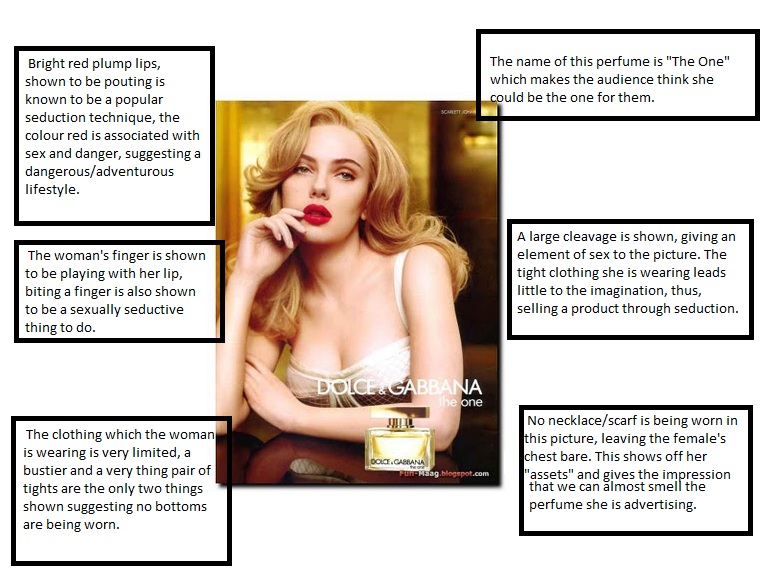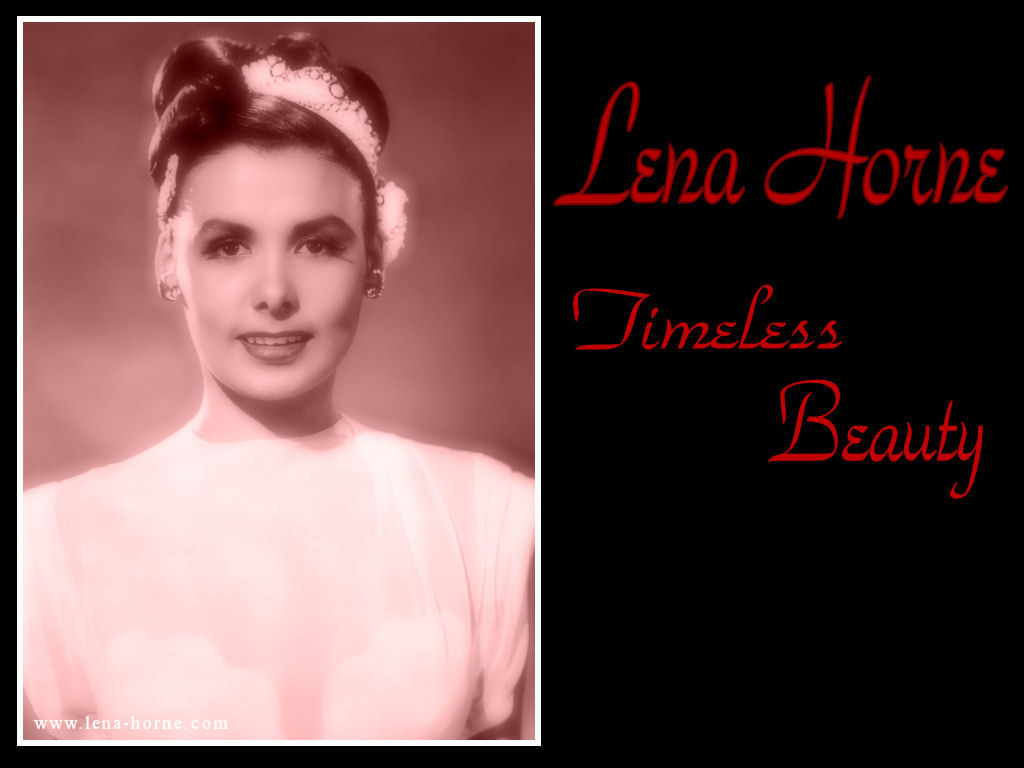As a term, Male Gaze is used to critique popular media such as film, television, advertisements and fine arts. It derives from the theory of that women in the media are typically portrayed as an object for its audience, and the audience is typically heterosexual men. John Berger in “Ways of Seeing” writes “One might simplify this by saying: “Men act and women appear” (Berger 47), by which he implies that women shown in the media in order to provide men with visual pleasure and have a somewhat sexual impact.
Pervasiveness of this vision is a result of a long going process of a glorification of a male character by a male audience. In most Hollywood movies the protagonist is a male, therefore it’s typical male audience gains pleasure from identifying with the hero. According to Laura Murvey, if the woman was not objectified and was not placed at a lower social level than man, man would never feel powerful. She states:”The female figure poses a deeper problem. She also connotes something that the look continually circles around but disavows: her lack of a penis, implying a threat of castration and hence unpleasure” (Mulvey 840). She implies that there is an unconscious idea of that the male power is concentrated in his penis and if a woman does not arise it, male’s dominance is threatened and thus creates unpleasure to them.
In the “The Oppositional Gaze: Black Female Spectators”, Bell Hooks analyzes portrayal of Black Women in early Hollywood productions. She explains how for the first time, when Black population of America had gained access to the media, they were only able to see it through the eyes of the white producer. Obviously, this type of media not only misrepresented African-Americans but also portrayed them as low class, mentally underdeveloped and submissive servants. Hooks not only concentrates on portrayal of Black women but also their own identification with popular films of the time. She contrast experience of the young actress Lena Horne, first black performer signed for a long term contract. “She seethed when Talluah Bankhead complimented on the paleness of her skin and non-Negroidness of her features” (Hooks 119).
Early Hollywood was obsessed with it’s ultra-white actresses, which only extended the gap between white stars and black servants. When Black women did watch those films, they were not able to identify with the actresses, their portrayal of life. Therefore, Hooks created her oppositional gaze, which allows to look through the race and gender aspects without dehumanizing and degenerating oneself. Hooks states ‘‘there is power in looking’’, by which she describes her strong beliefs in a power of oppositional gaze that can recognize and resist stereotypical representation (Hooks 115).
While reading the studies I have realized how valuable this articles are. It has never crossed my mind how much media objectifies women. We live in a strong patriarchal minded society, where it is normal to stereotype women as a weaker class, that was born and raised to subject to a men. The basic concept of being a “Housewife”, in my opinion, will no longer be viewed as happy women spending all day cleaning or spending their husbands money. It is a some sort of submission and declaration of oneselves dependency from their man.
However, when society is able to recognize these aspects of pretty much discrimination, we are able to change the course of our thinking and break the stereotypes. As a future media maker, I believe I hold the power to break the cycle. Therefore, my goal is to share the knowledge and demonstrate it in my work.
No comments:
Post a Comment